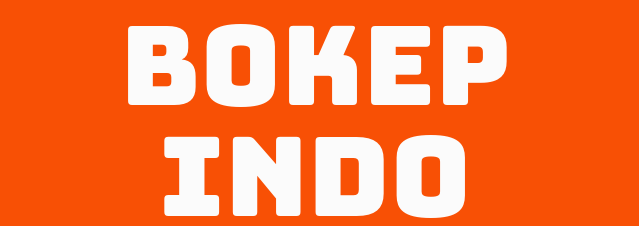In a fast-changing digital ecosystem, having the right methodology for web development ensures that projects are successful, and meeting client satisfaction. Thus, a specific methodology offered by each of them has its relative benefits in keeping with project scopes and different team dynamics, from Agile to Waterfall. Understanding these methodologies can bring about vast improvements in one’s level of efficiency and collaborate more effectively.
For companies with specific robust e-commerce needs, the methodologies of optimizing outcomes for their respective projects are increasingly solicited from Shopify developers Manchester. We are going to discuss in this article some of the most effective methodologies for web development, their features, benefits, and best use cases, which will help you make a proper informed decision for your next project.
Agile
Agile methodology is based on the principles of iterative web development, so it is quite easy for teams to respond effectively to change in the lifecycle of a project. The agile method emphasizes collaboration since it focuses attention on customer feedback and small incremental improvements. Agile breaks projects into sprints, and this helps developers focus on a few features that can be delivered very quickly. Adaptability is highly beneficial in dynamic environments where the needs of clients change. Teams are operating in short cycles that check priorities constantly and align the web development roadmap. This incremental cycle, apart from making the product better, also encourages more stakeholder participation because clients can see the incremental output and are allowed input at every step.
Waterfall
Every phase, from requirements gathering to deployment, has to be completed before proceeding to the next one; that way it is easier in the management of timelines and budgets. This approach is effective mainly for those projects that have extremely minimal changes and requirements well defined at the beginning. Its inflexibility would be a weakness in such a case whereby the problems encountered there could not have been foreseen. Still, Waterfall comes in handy for those heavily regulated industries because it ensures proper documentation and adherence to the requirements stated, thereby minimizing scope creep and miscommunication errors.
Scrum:
Scrum is a part of Agile methodology that is focused on developing very small but functional increments of a project within comparatively short time frames of sprints. Under this framework, the team is encouraged and held responsible for its work, with opportunities ensured by roles like Scrum Master and Product Owner to realize proper collaboration and effective priority of activities. Regular meetings between the parties, such as daily stand-ups, keep everything aligned with the attainment of short-term goals. Scrum is very helpful in complex projects wherein requirements seem to change; it can easily change and pivot as per feedback coming from stakeholders. The incremental nature of Scrum helps improve product quality as well as creates a culture of continuous improvement.
Lean
Lean methodology is more about value for money and avoiding waste and thus proves excellent for startups and projects involving thin resources. The process has huge elements of efficiency, with the teams able to reduce or eliminate as much as is not necessary for a thing to happen. Lean, being focused on delivering the greatest value for the customer by delivering the best features, can be said to be close to customer needs that can be realized through continuous testing and user feedback to allow the team to refine its product incrementally. Lean emphasizes an experimentation culture, where the teams run ideas early and quite often to minimize the possibility of developing features that will not work for the end user.
DevOps
To improve collaboration and alleviate the process of deployment, the term DevOps refers to the association of software development (Dev) with IT operations (Ops). DevOps culture shares responsibility because it encourages teamwork to collaborate from start to delivery of the entire lifecycle of software. Through DevOps, automation in testing and deployment makes the process of releasing new features much easier in much less time. The approach is very useful in fast environments, where faster iteration and continuous delivery are needed. Monitoring and providing feedback are emphasized, which enables the team to respond promptly to user needs and issues to provide a more reliable and efficient web development process.
Feature-Driven Web Development (FDD)
FDD advocates teamwork so that team members and stakeholders are riveted to a shared project vision. The features are designed, built, and tested in a time-boxed manner that allows one to get quick releases with regular feedback. This approach is very essential for large projects because of the clarity of the project’s progress and the ability to adapt to changing requirements.
Conclusion – Web Development Methodologies
The proper web development methodology could make a difference in the success of your project by safeguarding business and delivering what the client wants in the expected quality. Be it Agile, Waterfall, Scrum, Lean, DevOps, Or feature-Driven ; all of these are to be considered as areas of strength. Choosing the best-suited method according to their project goals makes them one-inefficient, collaborating, and going on to achieve success with the project.




